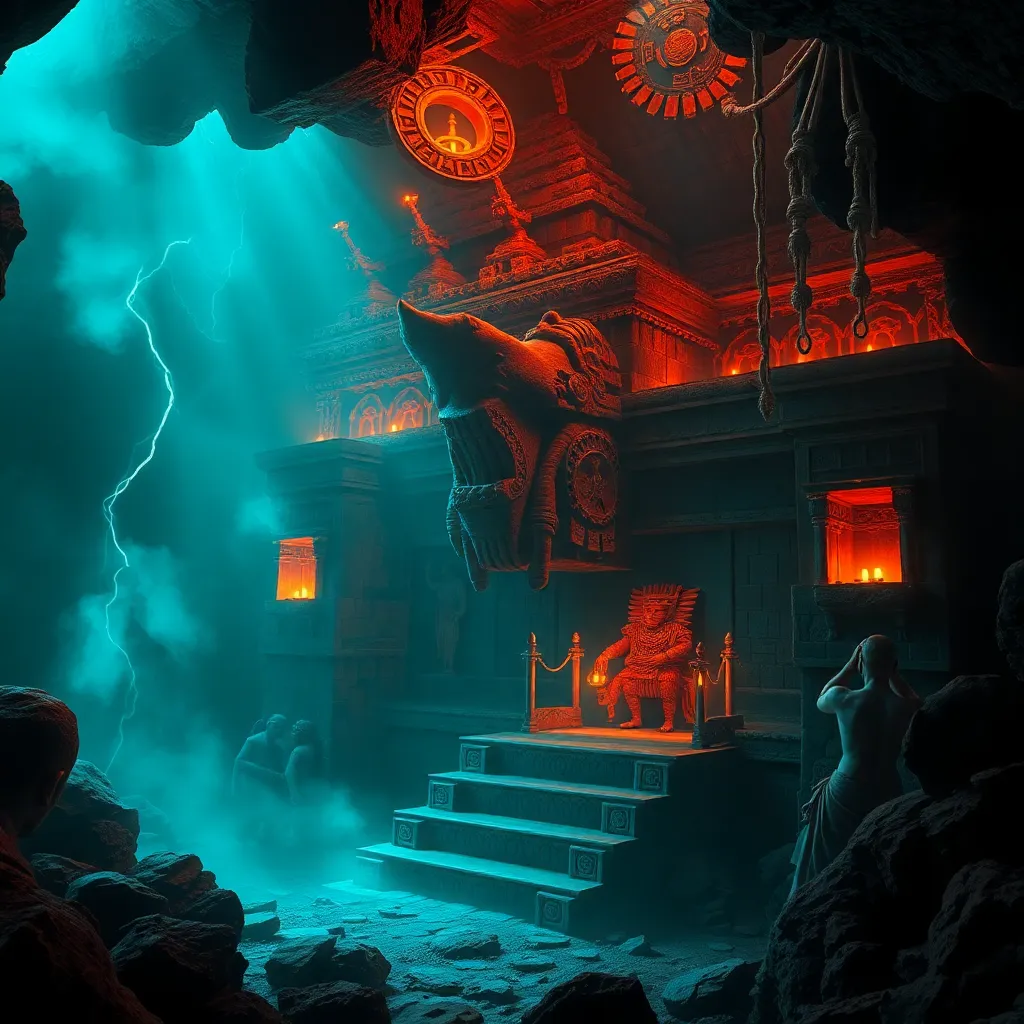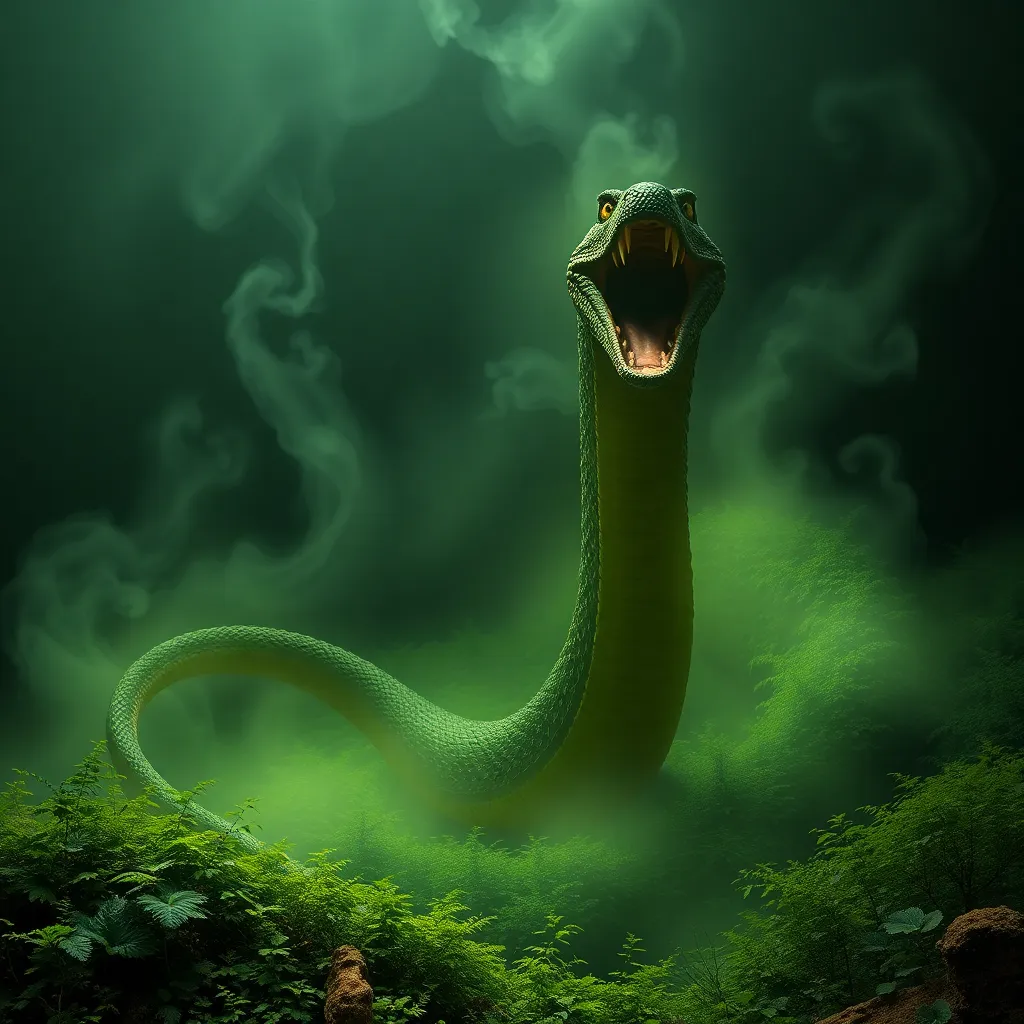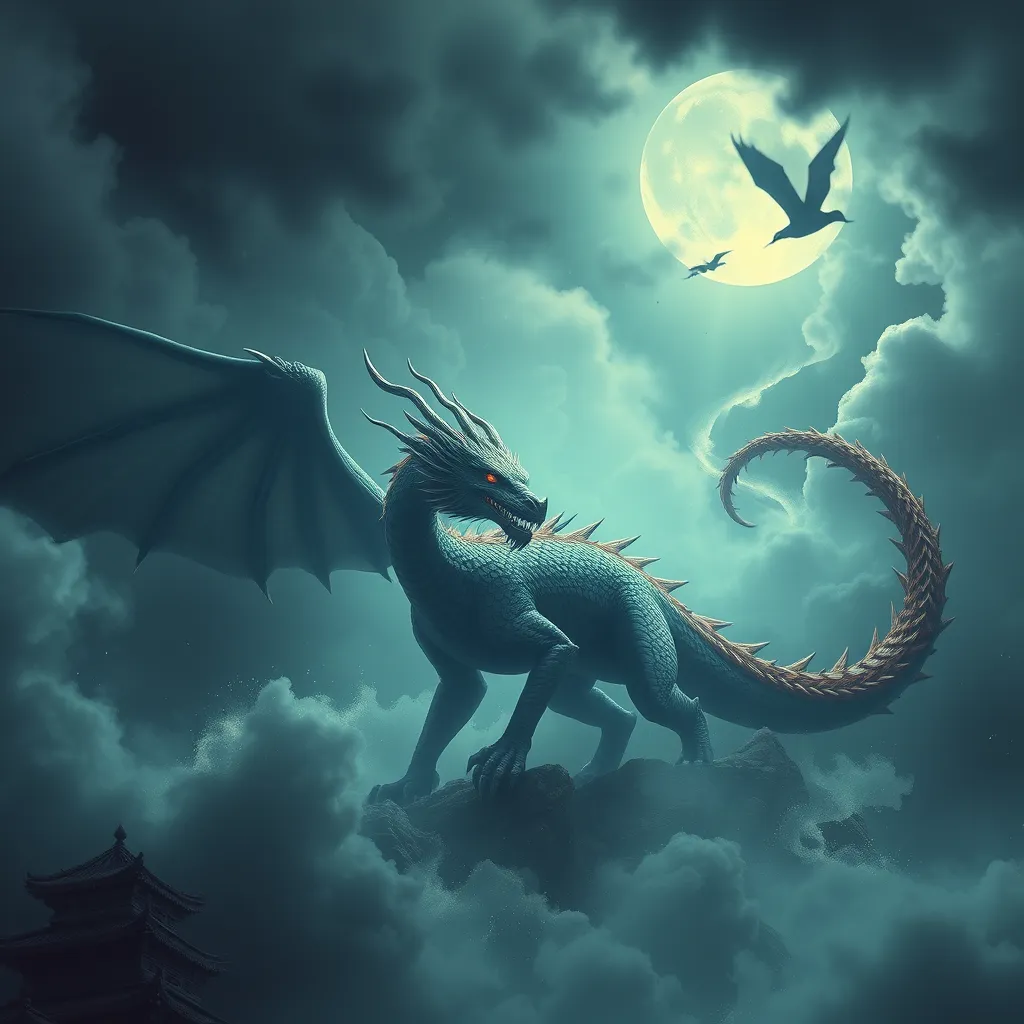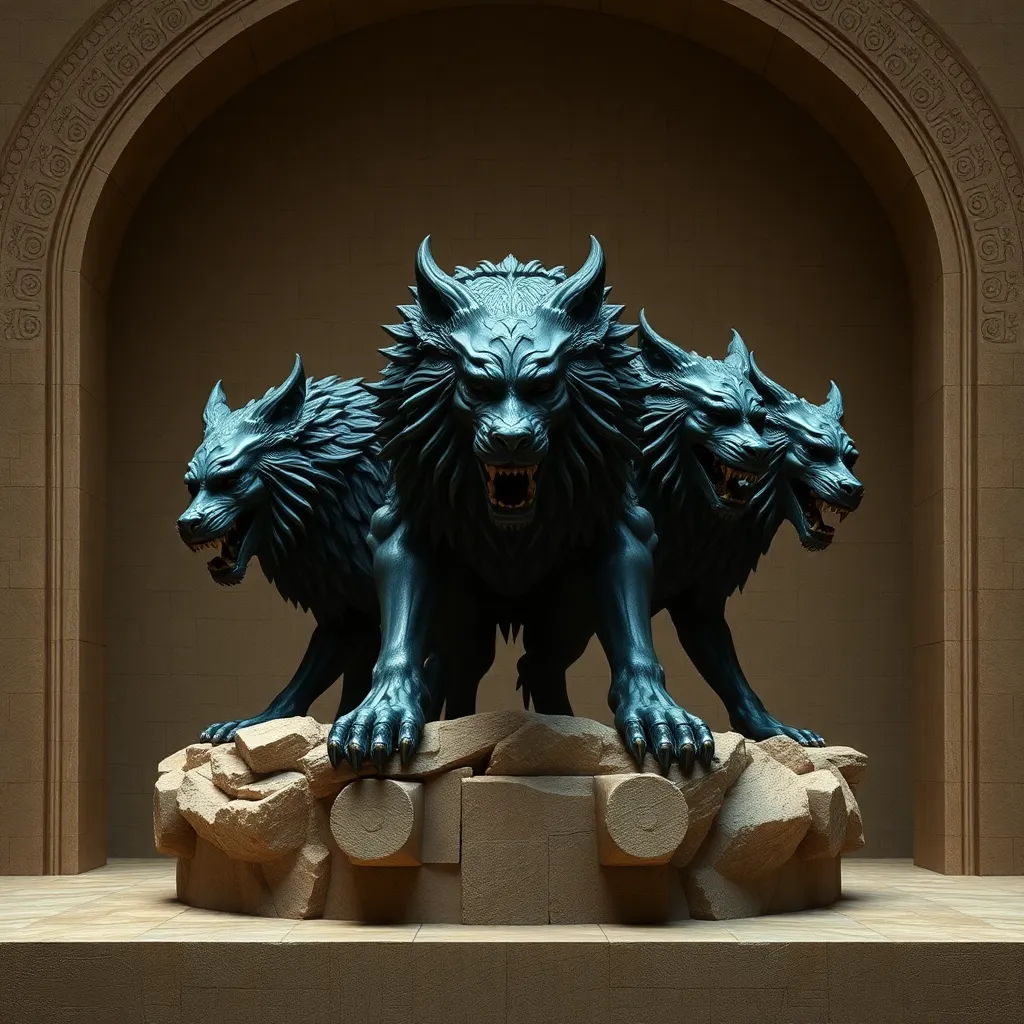The Maya Underworld: Stories of Ah Puch and the Nine Levels of Xibalba
Introduction to Xibalba: The Maya Underworld
The ancient Maya civilization possessed a rich cosmology that encompassed a deep understanding of life, death, and the afterlife. Central to their beliefs was Xibalba, often referred to as the underworld. This complex realm was not merely a place of darkness; it was a multifaceted domain filled with spirits, trials, and profound meanings. Xibalba held significant importance in Maya mythology, serving as a landscape where souls journeyed after death and where the interaction between the living and the dead was paramount.
Xibalba was depicted as a place of challenges and trials, symbolizing the journey of souls. For the Maya, death was not an end but a transformation into another state of existence, and Xibalba was a crucial part of that journey. Understanding this underworld provides insight into the Maya worldview and their reverence for the cycle of life and death.
Ah Puch: The Lord of Death
Ah Puch, known as the Lord of Death, is one of the most significant deities within Maya mythology. He is often depicted as a skeletal figure adorned with various symbols of decay and death. His appearance typically includes features such as a skull for a head, an owl on his forehead, and a body that embodies the decay of flesh. Ah Puch represents not just death but also the inevitability of decay and the process of transformation that accompanies it.
In Maya rituals, Ah Puch played a pivotal role. He was invoked in ceremonies concerning death and the afterlife, as the Maya sought his favor to ensure safe passage for the deceased in the underworld. His presence was both feared and respected, as he was not just a harbinger of death but also a guide for souls navigating the treacherous paths of Xibalba.
The Structure of Xibalba: Nine Levels of the Underworld
Xibalba is traditionally described as comprising nine distinct levels, each with its own unique challenges and characteristics. These levels reflect both a physical and symbolic journey that souls must undertake after death. The nine levels are often depicted as follows:
- Level 1: The House of Darkness, where souls confront their fears.
- Level 2: The House of Cold, filled with icy winds and chilling spirits.
- Level 3: The House of Jaguars, representing danger and ferocity.
- Level 4: The House of Bats, where the spirits of the dead linger.
- Level 5: The House of Knives, a place of suffering and trials.
- Level 6: The House of Flames, symbolizing transformation through fire.
- Level 7: The House of Scorpions, representing treachery and danger.
- Level 8: The House of Spiders, where souls are caught in webs of fate.
- Level 9: The House of the Dead, the final resting place.
This complex structure of Xibalba serves as a metaphor for the trials of life and the challenges faced in death. Comparatively, other cultures depict the afterlife in various forms, such as the Greek Hades or the Egyptian Duat, but the Maya’s nuanced view of the underworld emphasizes the trials and tribulations that accompany death.
The Trials of Xibalba: The Hero Twins’ Journey
The legendary tale of the Hero Twins, Hunahpu and Xbalanque, is a central narrative in the Popol Vuh, the sacred text of the Maya. Their journey through Xibalba is a vivid portrayal of the trials that the soul must face after death. The twins were summoned to Xibalba to face the Lords of Xibalba, who sought to challenge them with various tests.
Some key trials faced by the twins included:
- The Dark House: A test of bravery and resilience against fear.
- The House of Cold: Enduring extreme conditions that tested their physical and mental fortitude.
- The House of Knives: A challenge that required cleverness and cunning to escape harm.
The trials of the Hero Twins symbolize the struggle of the soul against the forces of darkness and chaos, reflecting the Maya belief in the cyclical nature of life, death, and rebirth. Ultimately, the twins triumphed, symbolizing hope and the possibility of resurrection.
Mythological Creatures and Deities of Xibalba
Xibalba is inhabited by a variety of mythological creatures and deities, each playing a unique role in the underworld’s dynamics. Some of the notable figures include:
- Ah Puch: The Lord of Death, as previously described.
- The Lords of Xibalba: A group of deities who govern the underworld and challenge souls.
- Death Bats: Creatures that symbolize the transition from life to death.
- Scorpions and Jaguars: Representing danger and the aggressive aspects of death.
These entities interact with humans in various ways, often serving as obstacles or guides during the journey through Xibalba. Their presence emphasizes the Maya’s understanding of life as a series of interconnected challenges, where the spiritual and physical realms collide.
The Concept of Life, Death, and Rebirth in Maya Beliefs
The journey through Xibalba reflects the Maya’s views on life and death as a continuous cycle. The cyclical nature of existence is central to their spirituality, wherein death is not an end but a transition to another form of life. This belief is evident in the agricultural practices of the Maya, where planting and harvesting are tied to the cycles of life, death, and rebirth.
Xibalba embodies this concept, as it is not merely a place of punishment but a necessary passage for souls. The trials faced in the underworld are seen as opportunities for growth and transformation, mirroring the natural cycles observed in the world around them.
Modern Interpretations of Xibalba and Ah Puch
In contemporary culture, Maya mythology has seen a resurgence, with figures like Ah Puch and the concept of Xibalba influencing various forms of literature, art, and popular media. These ancient stories continue to resonate, as they explore themes of mortality, the afterlife, and the human experience.
Modern interpretations often reimagine these myths, emphasizing their relevance in today’s society. From novels to films, the fascination with the Maya underworld serves as a reminder of the complexity of human beliefs regarding life and death.
Conclusion: The Legacy of the Maya Underworld
The legacy of Xibalba and Ah Puch endures as a significant aspect of Maya culture and spirituality. These myths offer profound insights into the Maya worldview, illustrating their understanding of life, death, and the interconnectedness of all beings. As we explore these ancient stories, we gain a greater appreciation for the depth of Maya civilization and its enduring impact on contemporary culture.



